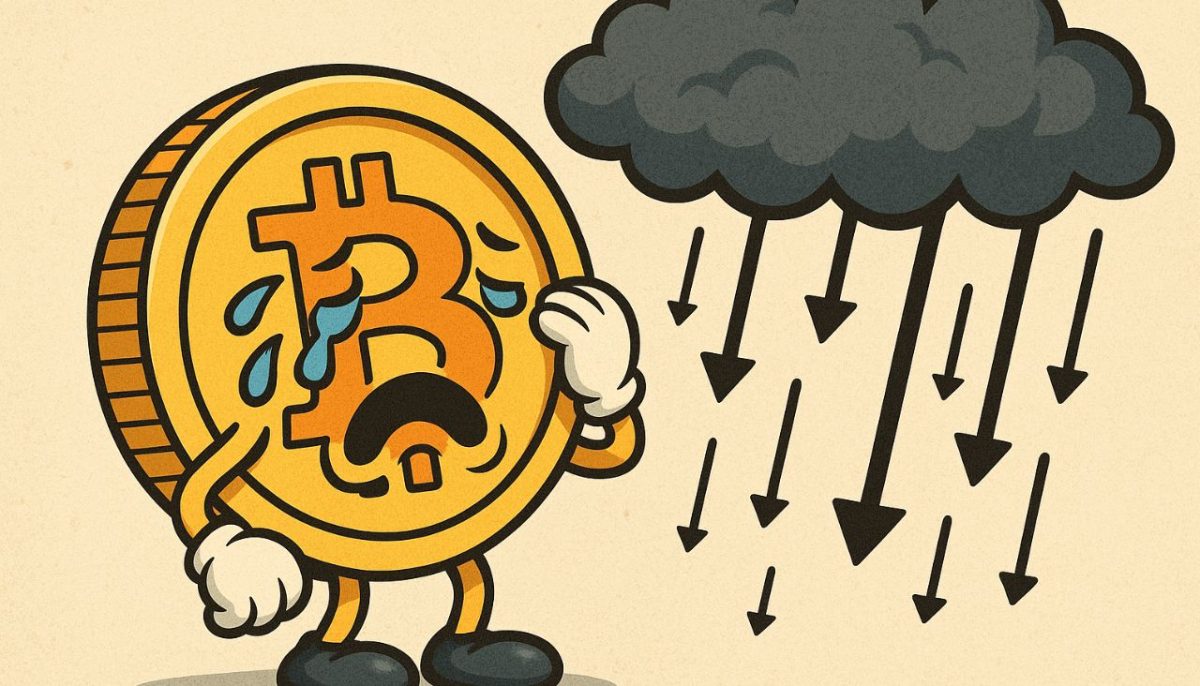Core Challenge: Oct ’22
Core Challenge: Oct ’22 For the month of October, we shall engage in the Core Challenge and rely on the expertise and guidance of Dr James Tang, who you may recall we have featured previously for his work on shoulders,...

Core Challenge: Oct ’22
For the month of October, we shall engage in the Core Challenge and rely on the expertise and guidance of Dr James Tang, who you may recall we have featured previously for his work on shoulders, hips, and spine.
Core Strength vs Core Stability
Dr Tang writes:
There is a huge difference between core strength and core stability. By definition, “strength” is the ability to produce force throughout a given movement. “Stability”, on the other hand, refers to the ability to resist unwanted movement. Core strength therefore produces force throughout a movement like a sit up or a back extension, whereas, core stability is when all the musculature of the core tightens statically to resist unwanted motion.
Core stability training, demands that you resist moving your lumbar spine by engaging all of your abdominal musculature. Core stability should be able to achieve 3 things:
stabilize the spine maintain optimal alignment between the pelvis and the spine prevent unwanted and compensatory movements of the pelvis/spine during movements of the extremities.Core stability helps take pressure off of the spine and protects against forces exerted on the body during everyday activities.
Core stability is best trained through isometrics – My favourites include planks, side planks, dead bugs and bird dogs.
How to Test Your Core Strength
Dr Tang writes:
Having good core strength is important to perform most daily activities. For the most part, every time you push something, pull something, lift something or rotate through your trunk, so pretty much all thebtasks of daily living, you need your core muscles to help tp stabilize your trunk so you can freely move your arms and legs. a strong core can help you to prevent lower back pain too.The question is, how do you know if you have adequate functonal core strength? Well, in this video, i am going to show you the best ways to find out if you have adequate functional core strength.
Do You Have a Weak Core
Dr Tang writes:
Lower back pain affects some 80% of the adult population and one of the most common causes of muscular lower back pain is core dysfunction. While your main core muscles play a role in your overall core strength, the muscles of your lower back, glutes and hips contribute to your core strength too. Any weakness in these muscles can bring about a number of problems and issues.
But how do you know if you have a weak core? I am going to explain to you in this video the 10 Signs that You may Have a Weak Core and How you can Fix it
Hope this video has helped you to identify if you have a weak core.
3 Core Exercises to Do Every Day
About Dr. James Tang
Instagram: More than 2,600 posts on anatomy, training, and healthy liviing.
Youtube: View his numerous educational and fitness videos.
Book: “A Practical Guide to the Self-Management of Lower Back Pain: A Holistic Approach to Health and Fitness”

 MikeTyes
MikeTyes 





























![Do More With Less: How To Build An AI Search Strategy With Limited Resources [Webinar] via @sejournal, @hethr_campbell](https://www.searchenginejournal.com/wp-content/uploads/2025/04/featured-1-73.png)


